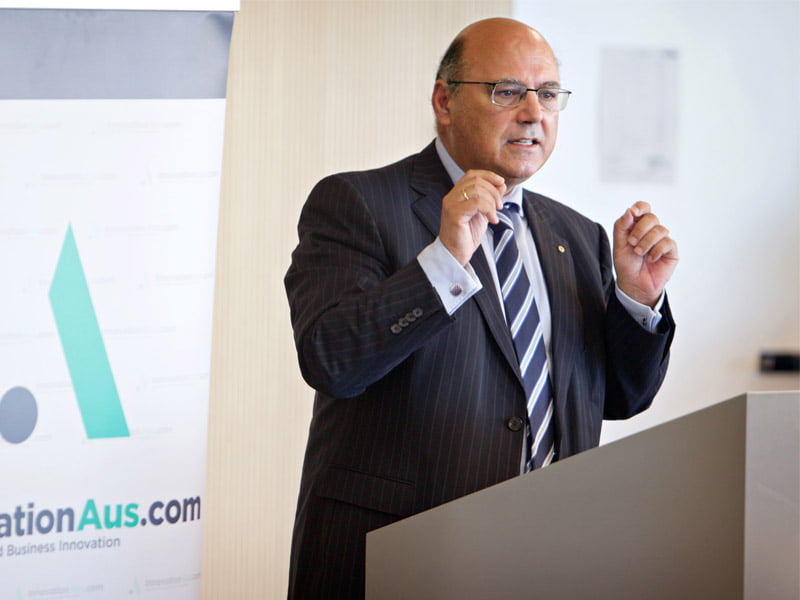The industry department has been scrambling to produce new eligibility case studies to address the fear and loathing among tech-enabled startups over a perceived tightening of the R&D Tax Incentive.
But the basic feedback from the department remains the same; that the rules behind the R&D Tax Incentive are unchanged, and that despite the issue of ATO Taxpayer Alerts late last month that covered the software sector, there had been no reinterpretation of eligibility requirements.
The software industry, including the burgeoning startup sector, had been thrown by the “plain English” alerts, which on any superficial reading suggests that software development activity does not qualify for the R&D Tax Incentive.

Startup advocacy outfit StartupAus cautious of the impact of the advice, suggesting many will simply not apply, for fear that they will get wiped out by an adverse finding further down the track.
The uncertainty about eligibility was damaging in itself and was sending entirely the wrong message to entrepreneurs and commercial innovators, the group said.
But the more staid elements of the advice industry – and it is a significant industry these days, in support of the annual $3 billion+ government R&D tax investment – is urging calm.
In fact, this is precisely the advice that well-regarded Michael Johnson and Associates chairman Kris Gale is giving clients via a company blog post titled “Keep Calm and Carry On Claiming.”
Mr Gale says the uncertainty had been created because the ATO alerts were issued as the industry was waiting for government to respond to the Triple F review of the R&D Tax Incentive (The senior review of the program conducted by Innovation and Science Australia chair Bill Ferris, the Chief Scientist Alan Finkel, and the secretary to the Treasury John Fraser.)
“[The time] has caught people somewhat on the hop,” Mr Gale said. “The result has been much speculation as to whether something has changed regarding the eligibility criteria that currently apply to the Incentive.”
“The short answer is no. In fact, the Triple F Report recommended the legislation with respect to the eligibility of R&D activities and R&D expenditure should not be changed for at least another five years (and what a good idea that is!)
“Taxpayers who have the appropriate protocols in place should continue their approach to the making of sustainable R&D claims.”
And that’s about it, Mr Gale says. “In short, keep calm, follow the legislation, which has not changed since 2011, and carry on your good claiming practices.”
Whether or not this advice will be enough to allay the fears of the tiniest of companies that are walking a cash-flow knife edge remains to be seen.
But at the very least, software companies will need to heed the tail-end of the MJAssociates advice – about “good claiming practices.” That is meticulous and easy to produce record-keeping, and being able to readily access the underlying technical rational about a company’s software development work.
Arguably this has always been the case. But the taxpayer alerts have put software claims on notice and startups will probably find themselves spending more time and resources on compliance activity than they might have in the past. Or they just won’t claim.
The devil is always in the detail, and if there is one thing the ATO loves, its detail when it comes to tax claims. And that’s a target within the taxpayer alert on software.
Where companies have been putting in whole-of-project claims through the R&D Tax Incentive self-assessment process, the ATO is putting software developers and startups on notice to be mindful of only claims the eligible parts of a project covering the actual innovation and the technical risk.
And it wants documentation that demonstrates where the demarcation lies between these different parts.
The Department of Industry released an updated version of its tech sector guide “ICT and the R&D Tax Incentive” January this year, just ahead of the Taxpayer Alerts. It had also produced guidance materials that included a series of hypothetical examples as well as actual case studies to illustrate what eligible R&D might look like and how it can be classified into core and supporting activities.
You can also read actual case studies of successful startups that have accessed the scheme – like parcel delivery disrupter Sendle and gaming firm Bubble Gum Interactive – which outlines which parts of their development programs were eligible. You can see those case studies here.
The Industry department – and the office of its Arthur Sinodinos for that matter – has been strangely quiet on this issue, given the flap that it’s caused in the sector.
And there is still now word when government will provide its response to the Triple F review of the R&D Tax Incentive. That response will be watched with even more interest.
As we approach the last quarter of the financial year, there will be more than a few software-based companies that will approach their claims with somewhat more trepidation that last year.
And will be revealing to see the Budget papers in May, to try to assess the net effect of the non-changes.
Do you know more? Contact James Riley via Email.

